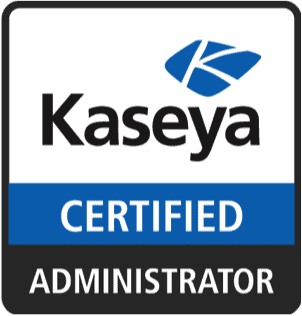Although cabling is typically only 3% of a company’s IT infrastructure budget, the remaining 97% lives, crawls, or dies by the integrity of this critical connectivity component.
FTI Services’ network cabling division is a highly trained team that will ensure that your voice, data, security, paging, structured cabling systems, and wireless installations are optimally designed and carefully installed.
Our established relationships with industry leaders guarantee secure and scalable results. FTI Services is a California licensed contractor (Low Voltage C-7 License # 862960) and BICSI, Lucent, Panduit, Dynacom, and ETA certified.












